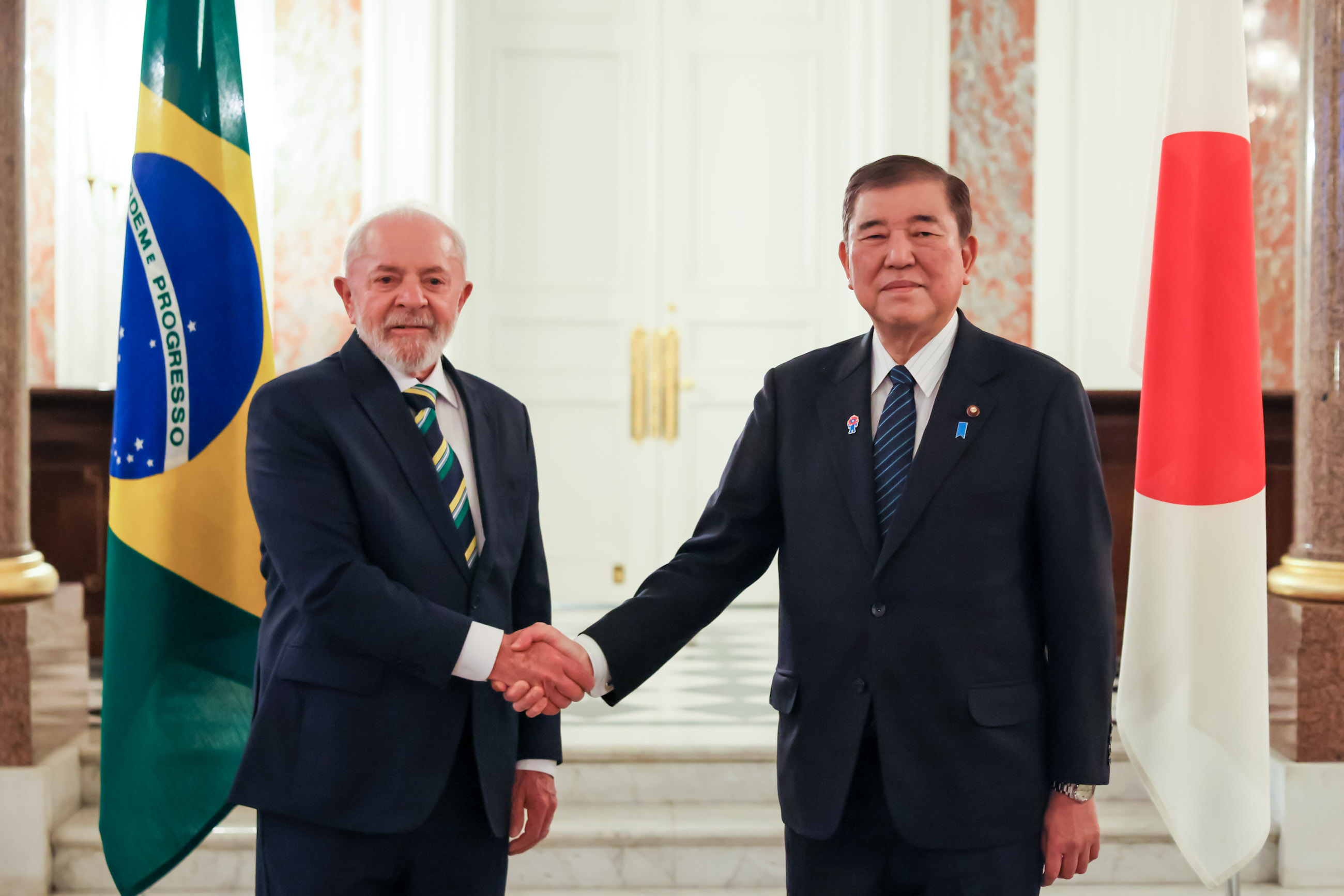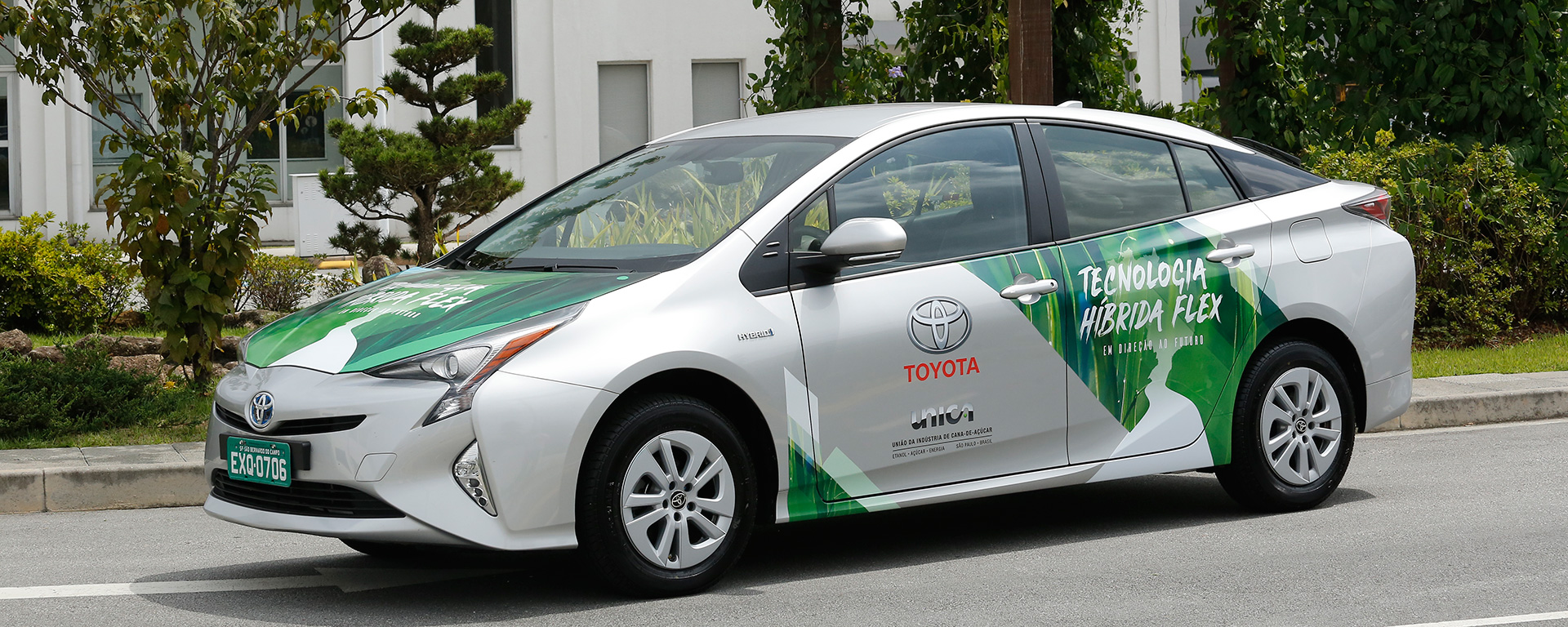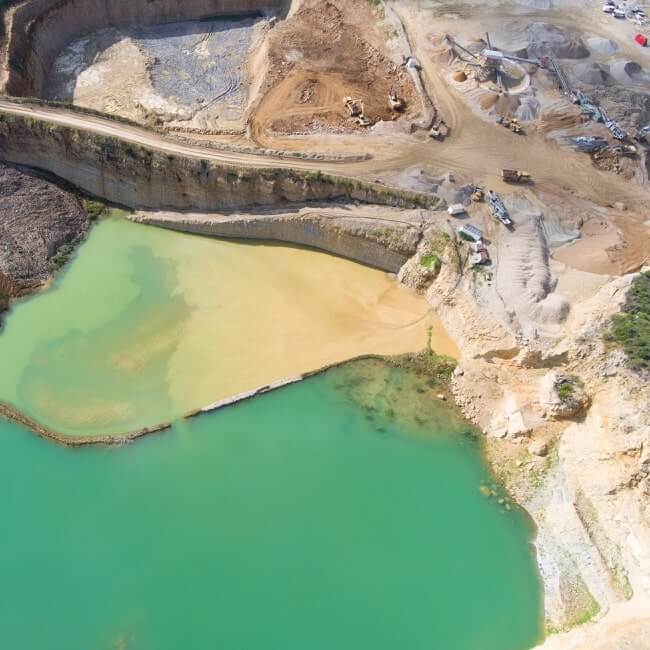
Japan and Brazil Sign Five-Year Strategic Plan to Deepen Ties Across Trade Technology and Climate
In a Fractured Global Order, Japan and Brazil Forge a Strategic Bond with Long-Term Ambitions
In the grand ceremonial hall of Kantei, Japan’s Prime Minister Shigeru Ishiba and Brazilian President Luiz Inácio Lula da Silva clasped hands beneath a flurry of camera flashes and diplomatic applause. Behind the symbolism, however, lay a meticulous recalibration of global strategy.

As geopolitical uncertainty mounts and the specter of protectionism casts long shadows across international markets, Japan and Brazil—two major economies spanning hemispheres—have unveiled a bold five-year action plan aimed at fortifying bilateral ties across security, trade, technology, and climate action. But beneath the diplomatic polish, traders and strategists are parsing the deeper motivations, asking: Is this alliance a reaction to U.S. policy shifts, or something far more expansive?
A Pact Born from Opportunity, Not Just Alarm
The backdrop to this historic convergence is complex. With rising protectionism—most visibly embodied in the United States’ 25% steel tariffs—creating trade headwinds for both countries, alignment between Tokyo and Brasília may seem reactive. But the architecture of this partnership tells a different story.
Bilateral Trade Volume between Japan and Brazil - Key Data Points
| Year | Total Trade Volume | Brazil's Exports to Japan | Japan's Exports to Brazil | Notable Products |
|---|---|---|---|---|
| 2023 | $13.68 billion | $8.34 billion | $5.34 billion | Brazil: Iron Ore, Corn, Poultry MeatJapan: Motor vehicles, Papermaking Machines |
| 2018 | $11.22 billion | $6.33 billion | $4.89 billion | N/A |
| Dec 2024 | $867 million (monthly) | $444 million (monthly) | $423 million (monthly) | N/A |
The five-year action plan, signed on March 26, is sweeping in scope: high-level political exchanges, strategic foreign policy dialogue, cooperation on climate change, technology transfer, disaster resilience, start-up investment ecosystems, and a joint push for a Japan-Mercosur economic partnership agreement (EPA). This is not simply a hedge against U.S. unpredictability; it is a multi-dimensional alignment shaped by deep economic complementarity and shared democratic ideals.
“Protectionism might have accelerated things,” noted one senior economic analyst in Tokyo, “but this isn't a knee-jerk counterpunch to U.S. tariffs. It's about building a resilient value chain between a resource powerhouse and a technology leader.”
The Biofuel-Hybrid Symbiosis: A Quiet Revolution in Green Mobility
Perhaps the most compelling economic logic underpinning the alliance lies in the so-called biofuel-hybrid nexus—an emerging climate play that could challenge electric vehicle orthodoxy.

Japan, the global leader in hybrid automotive technology, sees enormous synergy with Brazil’s dominance in sugarcane-based ethanol and biodiesel. While the EV discourse continues to dominate Western headlines, Ishiba and Lula’s joint focus signals a more grounded, scalable decarbonization pathway for developing economies—one less reliant on rare earth metals or charging infrastructure.
Brazilian sugarcane ethanol achieves high efficiency due to its strong positive energy balance, producing significantly more energy than is consumed during its lifecycle. A key factor is the use of bagasse (sugarcane waste) to co-generate heat and power for the production process, which also results in lower lifecycle greenhouse gas emissions compared to alternatives like corn ethanol.
“Brazil’s biofuels are second to none in quality and volume,” Ishiba remarked during their press conference. “Combined with Japanese hybrid engineering, we can offer the world a realistic, green mobility solution.”
Industry insiders see immediate implications. Brazilian ethanol producers, enzyme developers, and logistics firms could gain from long-term supply agreements. Japanese automakers, particularly those focused on flex-fuel hybrids, are poised to open new markets across Latin America and Southeast Asia. The value chain is being redrawn—and those betting solely on EVs might be missing a contrarian goldmine.
The Slow Burn of a Japan-Mercosur Deal: Promise Meets Political Gravity
Another pillar of the strategy is the long-gestating Japan-Mercosur EPA. For Brazil, it’s about diversifying trade and investment partners beyond the U.S., EU, and China. For Japan, it offers rare access to a 270-million-person market rich in commodities and consumption potential.
Mercosur is a South American trade bloc established to promote free trade and the fluid movement of goods, people, and currency among its member nations. Key members include Argentina, Brazil, Paraguay, and Uruguay, and its primary goal is regional economic integration.
But execution won’t be seamless.
Japan’s agricultural lobbies have historically resisted trade concessions, fearing competition from South America’s efficient agri-exporters. Within Mercosur, internal divergences—particularly between Brazil and Argentina—have long stymied deal-making.
Did you know that while Japan's trade is predominantly with major partners like the US, China, EU, and ASEAN, there is growing interest in expanding ties with Mercosur, a South American bloc? Currently, Japan's trade with Mercosur is limited, but it holds significant potential due to Mercosur's large market and economic scale. Japan has yet to establish a formal Economic Partnership Agreement (EPA) with Mercosur, but such a deal could enhance Japan's access to mineral resources and food supplies while offering Mercosur countries easier entry into the Japanese and broader Asian markets. Despite these opportunities, Japan faces domestic challenges in pursuing an EPA, including concerns from local farmers about cheap imports. Nonetheless, a Japan-Mercosur agreement could mark a significant step in diversifying Japan's trade relationships and tapping into new markets.
Still, business lobbies in both countries are aligned. Japanese trading houses (Mitsubishi, Marubeni, Sumitomo) are already preparing to facilitate logistics, finance, and industrial infrastructure if the agreement advances.
“Eventually, this deal will happen,” said a Brazilian trade strategist. “The logic is too compelling. But it’ll come in layers, over time—likely starting with industrial goods, then moving into services, and finally agriculture.”
Supply Chains, Start-Ups, and Soft Power: The Quiet Levers of Influence
Beyond marquee sectors, Japan and Brazil are investing in infrastructure and innovation as foundational elements of their strategic bond. Japan’s need for food, energy, and critical minerals intersects neatly with Brazil’s resource abundance. Analysts expect stepped-up Japanese FDI in Brazilian mining—especially lithium and rare earths—alongside port, rail, and energy grid projects.

Less visible, but potentially transformative, is a new axis of start-up collaboration. With JETRO and ApexBrasil now cooperating formally, venture capital flows are expected to rise, targeting Brazilian AgTech, GreenTech, FinTech, and automation ventures. Japan brings capital and discipline; Brazil offers scale, creativity, and a hunger for industrial upgrading.
Japanese Foreign Direct Investment (FDI) in Brazil by Sector
| Sector | Investment Details/Trends | Source/Year Reference |
|---|---|---|
| Overall FDI | Japan is the 9th largest source of foreign investment in Brazil, with a stock of approximately USD $35 billion accumulated over recent years (2022–2024). | GOV.BR (2025-03-17), SantanderTrade (2025-01-01) |
| Manufacturing (General) | Historically a major focus, including automotive, electrical materials, steel, petrochemicals, aluminum, pulp/paper. While its share has decreased relative to services in recent years, it remains a key area. | GOV.BR (2025-03-17), JBIC (Undated), CNI/PUC-Rio (2015) |
| Automotive | Significant presence with major Japanese carmakers (e.g., Toyota, Honda, Nissan) expanding operations and market share. Investments include manufacturing and assembly plants. | GOV.BR (2025-03-17), Harvard ReVista (2018), SantanderTrade (2025) |
| Steel & Metals | Longstanding investments crucial for Japan's steel industry supply chain (iron ore). Recent focus includes low-carbon raw materials and niobium production. Includes investments in metal processing and seamless pipes. | GOV.BR (2025-03-17), JBIC (Undated), SciELO (Undated) |
| Technology & Communications | Identified as a promising area for cooperation, including ICT, aerospace, robotics, and advanced materials. Specific investments include fiber optic technology production (e.g., Furukawa Electric investing R$ 30 million). | GOV.BR (2025-03-17), Furukawa Solutions (Undated) |
| Energy (incl. Renewables & Bioenergy) | Focus on renewable energy and decarbonization efforts such as ethanol for aviation fuel and biomass electricity generation. Past investments include bioethanol JVs like Mitsui & Petrobrás. | GOV.BR (2025-03-17), JBIC (Undated), Harvard ReVista (2018) |
| Mining/Extractive Industry | Historically significant for iron ore and aluminum. Recent focus includes diversifying sources for critical minerals like lithium alongside traditional resources such as niobium. | JBIC (Undated), CNI/PUC-Rio (2015), IMF (1997) |
| Services (incl. Financial, Health-tech) | Increasing relevance over time with investments in financial services and health-tech initiatives such as JICA/IDB Invest in Dr. Consulta and Allm app for healthcare management. | IDB Invest (2025-02-18), Nikkei Asia (Undated) |
| Agribusiness | Historical cooperation through initiatives like PRODECER for Cerrado soybean development. Remains a key sector highlighted in recent high-level business discussions between Japan and Brazil. | GOV.BR (2025-03-17), Harvard ReVista (2018) |
“Innovation ecosystems in both countries are siloed. This partnership could bridge that,” said a São Paulo-based tech investor. “Expect more joint accelerators, co-innovation labs, and strategic tech pilots in industrial zones.”
Democracy, Multilateralism, and the Shape of the World to Come
If the economic narrative is compelling, the political one is equally strategic. Japan and Brazil are both democracies with G20 clout, UN reform ambitions, and growing skepticism toward the bipolarity of U.S.-China global dominance. Their alliance—underpinned by shared values and mutual aspirations—signals a broader move toward a multipolar, cooperative international order.

The five-year action plan includes pledges to uphold democratic governance, push for global multilateral reform, and enhance peace-building capacity in international forums. Both nations are part of the G4 group advocating for UN Security Council reform. Their coordinated voice could gain weight in an increasingly fragmented diplomatic environment.
Did you know that the G4 nations—Brazil, Germany, India, and Japan—are leading a push for reform of the United Nations Security Council (UNSC)? Their goal is to make the UNSC more representative and effective by expanding its membership to better reflect today's global landscape. The G4 proposes adding six new permanent members and several non-permanent ones, aiming to address the under-representation of regions like Africa and Asia. They also suggest limiting veto power for new members initially. This reform effort seeks to enhance the legitimacy and decision-making capabilities of the UNSC, aligning it with contemporary geopolitical realities and strengthening multilateralism. Despite facing challenges from existing powers and competing proposals, the G4 continues to advocate for these changes through ongoing negotiations at the UN.
“This is more than economic pragmatism—it’s geopolitical posturing with a long horizon,” said one Tokyo-based international relations expert. “Japan is engaging the Global South. Brazil is showing it doesn’t want to be anyone’s junior partner.”
Decoding the Real Drivers: Is the U.S. a Catalyst or a Sideshow?
While some headlines have framed the partnership as a reaction to U.S. protectionism, most expert analysis sees the issue as context—not cause.

Yes, both nations face 25% steel tariffs. Yes, President Lula referenced rising global protectionism as a concern. But no credible analysis positions the United States as the sole antagonist or even the primary motivator behind this realignment.
What emerges instead is a vision built on opportunity rather than opposition—a shared pursuit of strategic depth, technological alignment, and economic modernization.
“U.S. policy is a factor—but not the fuel,” remarked one Brazil-Japan trade observer. “This isn’t about counterbalancing Washington. It’s about escaping the gravity of old dependencies and creating new orbits of cooperation.”
What Traders Should Watch: Signals Beneath the Noise
For investors and market analysts, the implications of the Japan-Brazil alignment run deeper than front-page diplomacy. The following verticals merit close attention:
- Biofuels and Hybrid Vehicle Supply Chains: Expect capital inflows, tech transfer, and demand visibility.
- Mercosur Deal Momentum: Track agricultural and industrial lobbying dynamics in Japan and Brazil.
- Mining and Infrastructure Partnerships: Focus on lithium, rare earths, and logistics assets linked to Japanese FDI.
- VC and Tech Collaboration: Keep an eye on Brazilian start-ups with Japanese co-investors or strategic partnerships.
- Trading Houses: Japanese sōgō shōsha will be the connective tissue—follow their capital deployment patterns closely.
Did you know that Japan's economy is significantly influenced by sōgō shōsha, or general trading companies? These diversified conglomerates, such as Mitsubishi Corporation, Mitsui & Co., and Itochu Corporation, have been instrumental in Japan's economic growth since the mid-19th century. They act as intermediaries between manufacturers and importers, manage extensive global networks, and engage in a wide range of activities including trading, investment, and logistics. By facilitating foreign trade and supplying essential resources to resource-scarce Japan, sōgō shōsha play a vital role in various sectors, from energy and metals to machinery and chemicals. Despite facing modern challenges, these trading houses remain key players in Japan's economic landscape.
A Strategic Alliance Built for a Multipolar Era
As global power fragments and traditional alliances strain under the weight of shifting economic realities, the Japan-Brazil partnership stands out—not for what it resists, but for what it envisions. It is a deliberate, structured, and opportunity-driven strategy aimed at maximizing national strengths, fortifying resilience, and shaping new norms for cooperation.
While concerns about U.S. policy may have nudged momentum, they are far from the foundation. This is not a reaction—it is a redefinition.
And in the quiet convergence of Japanese capital with Brazilian potential, in ethanol labs and hybrid assembly lines, in startup accelerators and diplomatic summits, a new blueprint is being drafted for 21st-century global partnership.
The smart money is already reading between the lines.